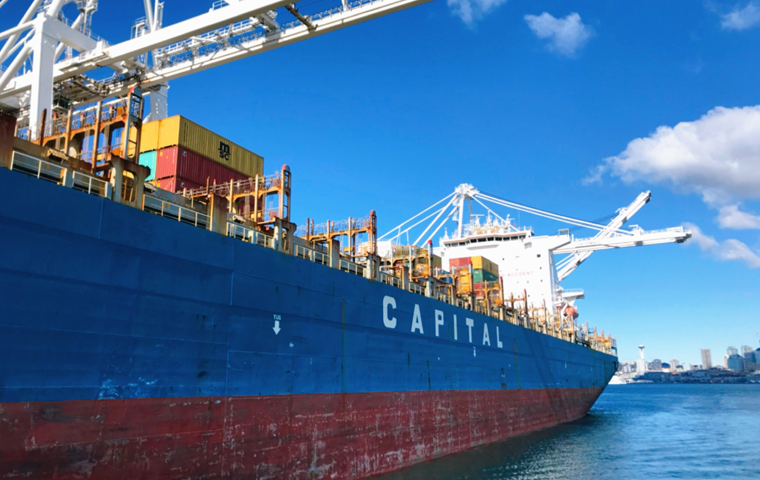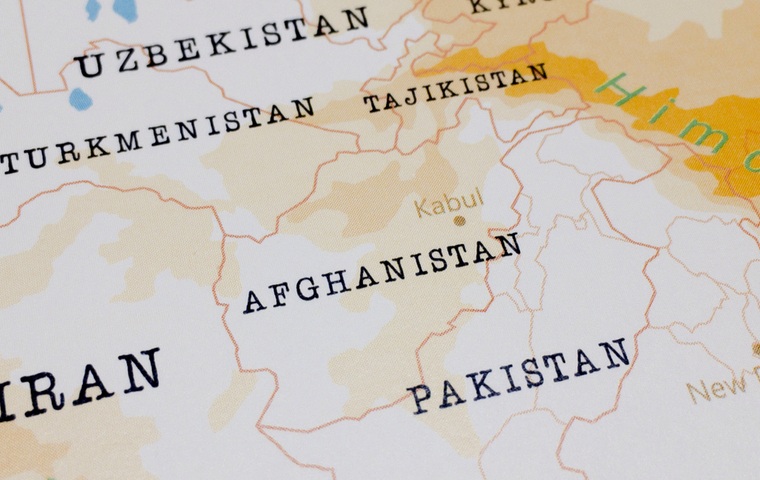The Deeper Layers and Costs of the 15% Auto Tariff Deal
Related Articles

On September 4, 2025, Japan and the United States announced a new agreement on the long-standing auto tariff issue. The U.S. formally set an upper limit of 15%—including the current Most-Favored-Nation (MFN) rate of 2.5%—on tariffs applied to passenger vehicles and auto parts imported from Japan. This outcome avoided the “worst-case scenario”: the 25% “reciprocal tariff” floated by the Trump administration in April 2025, or the previously brandished threat of up to an additional 25% on top of MFN (27.5% total). The Japanese government hailed the deal as “serving the national interest,” stressing two firsts: it secured the lowest tariff level imposed by the U.S. on a trade-surplus partner and achieved tariff reduction without the “quantitative restrictions (QRs)” seen in past trade frictions. Tokyo stocks—Toyota, Honda, and others—spiked on relief. Yet the “15%” itself reflects a baseline that had been deliberately moved higher. In the TPP talks, the 2.5% tariff was on the table for elimination; under KORUS (the U.S.–Korea FTA), the 2.5% was slated to be kept for four years then abolished. Now, a sixfold increase from the 2.5% era is being accepted as a “win,” normalizing high tariffs. The absence of U.S. demands for QRs stems from a strategic shift away from policing “volumes” (e.g., 1980s VERs) toward attracting Japan’s “capital and technology” into the U.S. The deal also provides retroactive refunds for duties collected above 15% on or after August 7, 2025, limiting operational disruption.
From Section 232 to “Reciprocal Tariffs”: The Arc of Threats and Negotiation
The road to this agreement is a classic case of Washington wielding its “ultimate weapon” as diplomatic leverage. The source of all threats lies in Section 232 of the Trade Expansion Act of 1962, which allows tariffs if the President deems certain imports a threat to U.S. national security—an instrument that can deviate from WTO rules. Beginning around 2018, the Trump administration opened a 232 probe, and in May 2019 the Commerce Department formally found imported autos and parts to be a national security threat—an extension of the method already “proven” on steel and aluminum. Even so, the “security” rationale was shaky at home. Alabama—host to factories of Honda, Toyota, Mazda, and deeply tied to Japanese firms—openly pushed back. The state’s Commerce Secretary warned that applying 232 would pose “a grave threat” to the growth of its auto industry; the Governor estimated “4,000 in-state jobs” would be lost, directly contradicting federal logic. This domestic dissonance showed 232 functioning less as a bona fide national-security law than as a bargaining chip to extract concessions from Japan and the EU.
The ambiguous threat crystallized in spring 2025 as “reciprocal tariffs.” In April, President Trump explicitly named Japan and announced a plan to impose 25% tariffs—turning a vague menace into a deadline-driven crisis. Cornered, Prime Minister Ishiba declared he would not make “easy concessions,” yet dispatched Economic Revitalization Minister Akazawa to Washington for intensive talks. On July 22, the parties reached a lightning “surprise” basic agreement, halving the feared 25% to 15%.
The Hefty “Price”: What Japan Conceded
In return for cutting the rate from 25% to 15%, Japan agreed to pay a very high “price.” This is not free trade; it is clearly managed trade—in substance, more an “investment and procurement accord” than a trade agreement. The largest concession is a framework for up to $550 billion (≈¥80 trillion) in “strategic investment,” under which Japanese government-affiliated financial institutions will back Japanese companies’ investments (equity, loans, guarantees) in U.S. “strategic sectors” aligned with America’s economic-security agenda—semiconductors, pharmaceuticals, critical minerals, AI, quantum, and more.
The second concession is a major expansion of purchases of U.S. goods—without any cuts to Japan’s own tariffs. Japan will add roughly $8 billion annually in agricultural buys (bioethanol, soybeans, corn, fertilizers), increase U.S. rice procurement within the existing Minimum Access quota by 75%, commit to an additional ~$7 billion per year in long-term LNG purchases, order 100 Boeing aircraft, and raise outlays—by several billions of dollars—for U.S.-made defense equipment and semiconductors.
The third concession removes the non-tariff barriers long criticized by Washington in autos: passenger cars manufactured and certified in the U.S. can now be imported and sold in Japan without additional testing, and Japan’s clean-energy vehicle (CEV) subsidies will be available to U.S. models.
Industry reactions in Japan are mixed. Keidanren welcomed the deal as recognition of Japanese FDI, though during talks it voiced macro-level concerns about impacts on the broader economy. JAMA expressed relief at averting the worst but urged the government to pursue “further tariff relief,” stimulate domestic demand, and support supply chains. The starkest plea came from JAPIA, representing parts suppliers, which stressed that many small and mid-size firms lack the scale and financial stamina for U.S. localization, requesting liquidity support and policies enabling production to continue in Japan. The normalization of a 15% tariff is a stronger incentive for large makers (JAMA members) to accelerate U.S. local production; ironically, the $550 billion U.S. investment vehicle Japan pledged will have Japan’s own policy banks underwriting the outflow of Japanese capital (localization), potentially accelerating the “hollowing out” of the domestic supplier base—precisely what JAPIA fears.
Winners and Losers in the U.S.—and the Geopolitical Implications

The agreement must be read within U.S. domestic politics and a wider geopolitical frame. The UAW, a core “America First” constituency, is hardly rejoicing. Its primary threat is not “imports from Japan,” but “non-union” Japanese plants in the U.S. South. Japan’s pledged $550 billion could attract even more non-union facilities to low-unionization regions, possibly weakening the UAW’s position. U.S. consumers are not clear winners either: tariffs are inherently inflationary. Estimates suggest that the overall 2025 tariff regime costs U.S. households about $2,800 per year; for autos alone, tariff costs add roughly $2,500 per vehicle on average. Even a “reduction” to 15% entrenches prices far above the 2.5% era, with consumers footing the bill.
Washington’s true aim lies beyond bilateral auto trade and ties directly to its China strategy. The deal explicitly includes a framework for U.S.–Japan cooperation on supplies of “critical minerals” and rare earths—key to semiconductors and aerospace—countering Beijing’s tightening export controls by building resilient allied supply chains. The U.S. needed to onshore supply chains for strategic goods (semiconductors, AI, critical minerals) without dependence on China. To that end, it effectively used Japan’s auto sector as collateral to draw out Japanese “capital ($550B)” and “technology” while securing commitments on critical minerals. Japan’s huge “price” thus doubles as both the cost of lowering auto tariffs and the “admission fee” to the U.S. anti-China coalition. The Trump administration can now tout, heading into the 2026 midterms, a dual win: “extracting concessions from Japan” while “advancing the pushback against China.”



